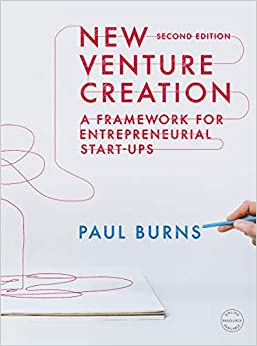Question
1-Suppose that S = 180/$. The annualized risk-free rates are 4.6% and 2.75% in Japan and the U.S., respectively. Find the one-year forward rate. Do
1-Suppose that S = 180/$. The annualized risk-free rates are 4.6% and 2.75% in Japan and the U.S., respectively. Find the one-year forward rate. Do not write any symbol. Make sure to round your answers to the nearest 100th decimal points.
2-Suppose that S = $1.1045/ and F=$1.1459/ (one year). The annualized risk-free interest rates are 2.6% and 1.75% in the U.S and Germany, respectively. If feasible, find the profit earned by a U.S. investor conducting a covered interest arbitrage. Suppose that the U.S. investor is able to borrow $500,000. Do not write any symbol. Make sure to round your answers to the nearest 100th decimal points. For example, write 234.45 for $234.45.
3-Suppose that S = $1.1045/. The annualized inflation rates are 4% and 2.75% in the U.S and Germany, respectively. Find the exact spot rate in one year. Do not write any symbol. Make sure to round your answers to the nearest 10000th decimal points.
4-Suppose that S = $1.1045/. The annualized inflation rates are 2.6% and 1.75% in the U.S and Germany, respectively. Find the exact expected currency movement for the euro in 5 years. Do not write any symbol. Express your answers as a percentage. Make sure to round your answers to the nearest 100th decimal points. For example, write 2.45 for 2.45%.
5-Suppose that S = $1.1045/. The annualized risk-free interest rates are 6% and 3% in the U.S and Germany, respectively. The inflation rate in the US is 2.5%. Find the exact expected exchange rate for the euro in one year. Do not write any symbol. Make sure to round your answers to the nearest 10000th decimal points. For example, write 1.2345 for $1.2345/.
6-Suppose that S = 180/$. The annualized risk-free rates are 4.6% and 2.75% in Japan and the U.S., respectively. Find the expected currency movement over the next 3 years. Do not write any symbol. Express your answers as a percentage. Make sure to round your answers to the nearest 100th decimal points.
7-Suppose that S = 180/$. The annualized risk-free rates are 4.6% and 2.75% in Japan and the U.S., respectively. The annualized inflation rate is 2% in Japan. Find the exact real interest rate in Japan and the U.S. according to the international Fisher relation. Do not write any symbol. Express your answers as a percentage. Make sure to round your answers to the nearest 100th decimal points.
8-Assume the following information:
U.S. investors have $1,000,000 to invest:
1-year deposit rate offered on U.S. dollars = 12%
1-year deposit rate offered on Singapore dollars = 10%
1-year forward rate of Singapore dollars = $.412
Spot rate of Singapore dollar = $.400
Interest rate parity doesn't exist. If U.S. investors engage in covered interest arbitrage, what yield will they earn? Do not write any symbol. Express your answers as a percentage. Make sure to round your answers to the nearest 100th percentage point. For example, write 12.89 for 12.89%.
9- The following regression model was estimated to forecast the value of the Malaysian ringgit (MYR):
MYR(t) = a0 + a1INC(t-1) + a2INF(t-1) + mu(t),
where MYR is the quarterly change in the ringgit, INF is the previous quarterly percentage change in the inflation differential, and INC is the previous quarterly percentage change in the income growth differential. Regression results indicate coefficients of a0 = .005; a1 = .4; and a2 = .7. The most recent quarterly percentage change in the inflation differential is -5%, while the most recent quarterly percentage change in the income differential is 3%. Using this information, find the forecast for the percentage change in the ringgit. Do not write any symbol. Express your answers as a percentage. Make sure to round your answers to the nearest 100th percentage point. For example, write 10.34 for10.34% .
10-Silicon Co. has forecasted the Canadian dollar for the most recent period to be $0.73. The realized value of the Canadian dollar in the most recent period was $0.80. Thus, find the absolute forecast error as a percentage of the realized value.
11-If the one-year forward rate for the euro is $1.07, while the current spot rate is $1.05. Find the expected percentage change in the euro after one year. Do not write any symbol. Express your answers as a percentage. Make sure to round your answers to the nearest 100th percentage points.
Step by Step Solution
There are 3 Steps involved in it
Step: 1

Get Instant Access to Expert-Tailored Solutions
See step-by-step solutions with expert insights and AI powered tools for academic success
Step: 2

Step: 3

Ace Your Homework with AI
Get the answers you need in no time with our AI-driven, step-by-step assistance
Get Started


